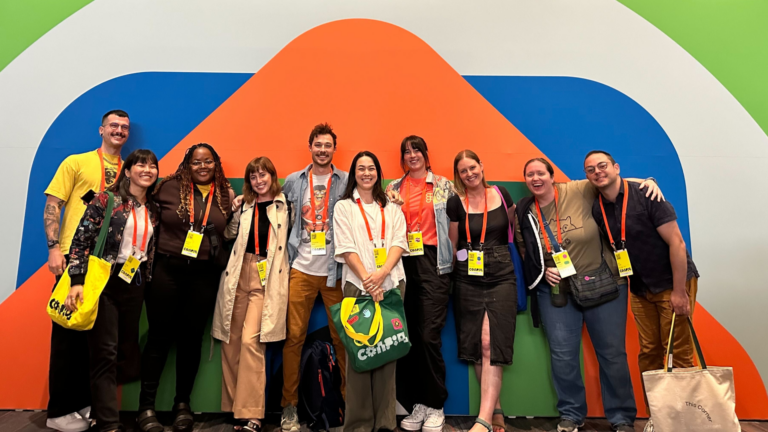Can Mobile Design Save Public Media?

Lately I’ve been thinking a lot about two things: mobile strategy and public media. It’s no coincidence, given that my local member station is currently running their spring pledge drive, and I recently attended Philly Tech Week’s BarCamp NewsInnovation—an “unconference” dedicated to innovations in journalism. While mobile strategy was not a predetermined theme (because, well, that would be un-unconference-like) it was obvious that if public media is to survive it will need to compete for mobile market share.
According to Cisco, global mobile data traffic for the year 2012 rose 70 percent, and per month we used an average of 885 petabytes. Mobile, according to a recent report from InMobi, now ranks first in media consumption with 1.8 hours of the 7 hours spent consuming media, outpacing PCs (1.6 hours), TV (1.5 hours), and any other channel. It’s also been said that many news organizations will soon cross the 50 percent threshold of users accessing their content via phones and tablets versus desktop computers and laptops. But that’s only half the story…
At BarCamp, the Washington Post’s Mobile Design Director Joey Marburger surfaced this data, along with another recent study from Equation Research which claims that nearly half of consumers are unlikely to return to a mobile site if it didn’t work properly during their last visit. When you add people (like me) who are unlikely to return to a mobile site that works but lacks a good user experience, that number might be considerably higher. When public media sites fall into this category we all lose.
With public media’s credibility, non-profit mission, and lack of pressure to accept traditional (and intrusive) advertising, these organizations are able to focus on producing the thoughtful, accurate reporting we need. But if these statistics are true, they should also be putting considerable thought and resources toward designing, testing, and building innovative mobile experiences that are truly responsive to the needs of their communities. These experiences could, in turn, further engage and empower their members to be contributors, and not just with their wallets but with ideas, information, and feedback.
Public media’s attention to detail and to the issues facing their cities are two of their greatest assets, but they now must figure out how to carry this over into the digital age by taking complicated subject matter and promising us something simpler and adaptive based on user behavior and local environments. Public media should be leading this charge, letting their users drive design decisions of the future, similar to how members drive editorial decisions today. If they can do that they should be able to attract new audiences, and perhaps even lure back some of the ones who got away.


